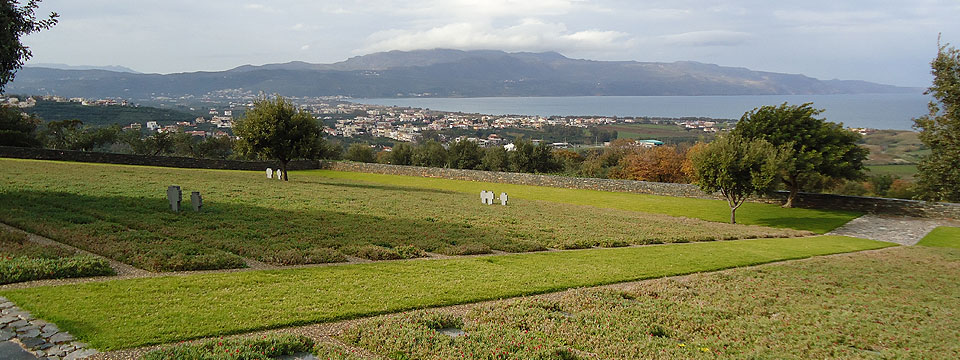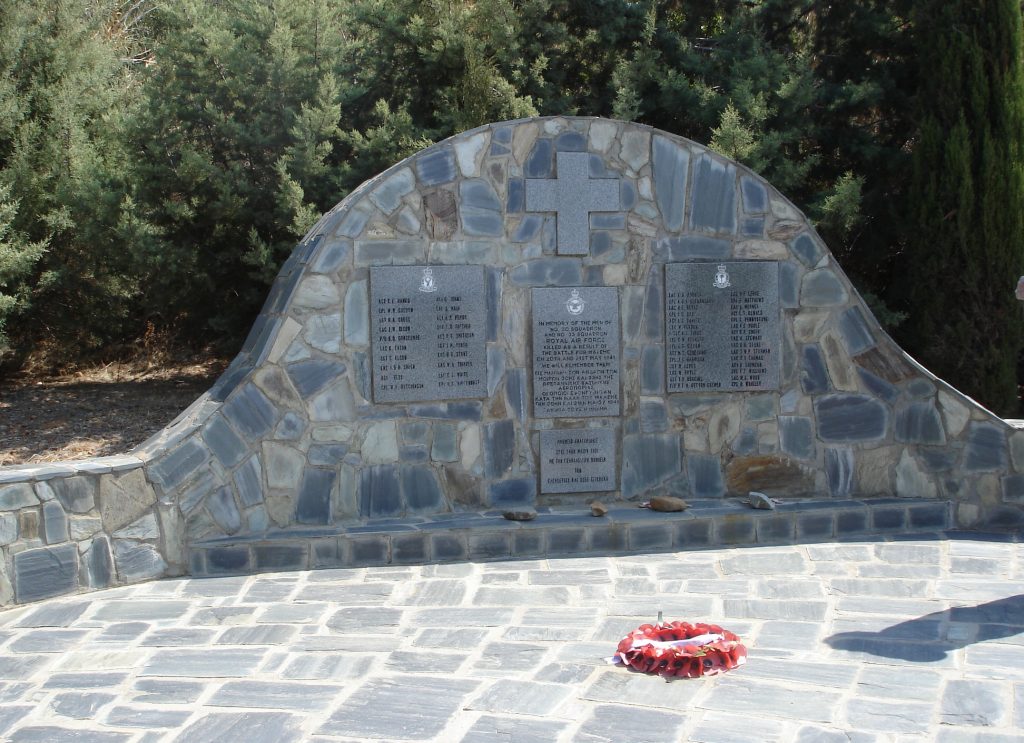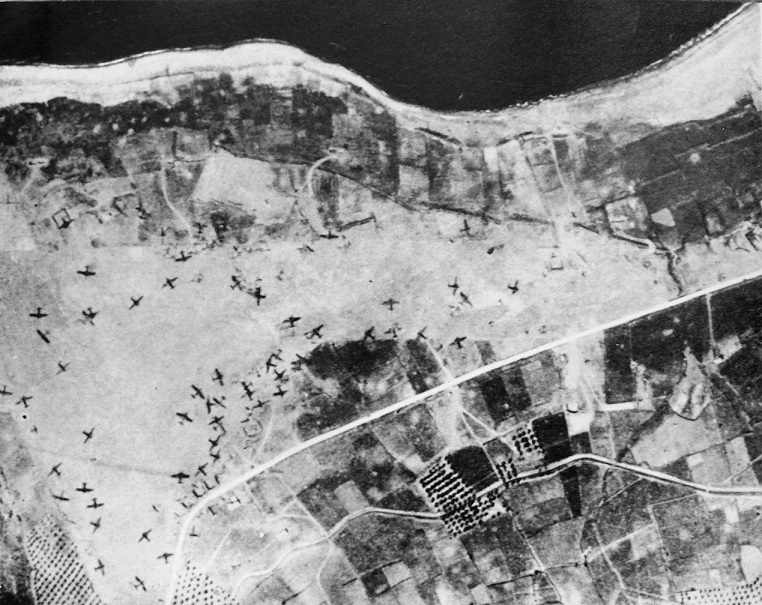
Battle of Crete
Battle of Crete - Maleme airport
Crete is located in the middle of the eastern Mediterranean, on the crossroads of air and sea transport from east to west and from north to south and vice versa. For this reason, it is an excellent base for aeronautical operations in each direction and assures to whoever controls the island the control of all transports in the Mediterranean sea. These characteristics give the island great strategic importance. As a result and from the beginning of Second World War Crete was in the main interest for both the British and Hitler.
At the end of April 1941, the Administration of the British and Greek forces of Crete took over the Commander of the 2nd New Zealand Division Major Freiberga. The total military force of Crete, after reinforcement and forces transferred from mainland of Greece, was about 11,500 Greek and 31,500 British. Though, Crete was on a disadvantage in supplies, equipment and ammunition as the British did not implement their promise on providing individual and heavy weapons. Moreover, aviation was not on the island, while the available artillery and tanks were considered totally inadequate.
All the German forces that would take part in the attack on Crete were 22,750 men, 1,370 aircraft and 70 ships. The operation would be supported also from a small number of Italian torpedo and anti torpedo boats, while a stronger Italian battalion, at the request of Mussolini, would disembark from Dodecanese in the eastern coast of the island. This action ultimately was held in late May, when the fate of the island had already been decided.

Battle Of Maleme - wikipedia
The German attack from the air in Crete began on the morning of May 20, 1941. After a fierce bombardment, numerous flocks of transport aircrafts began to make parachute drops at the airport of Maleme, Chania, Crete. At the same time began the landing of gliders carrying airborne divisions. A fierce battle was followed in which all Cretan people regardless age and sex were fighting. During the course of the undertaking, the Germans managed to establish a small bridgehead east of the river of Tavronitis village and start firing against the airport of Maleme and the “hill 107” which controlled the broader area of airport of Maleme.
On Rethymnon and Heraklion, the German attack occurred on the afternoon of that day. The paratroopers in these areas have suffered tremendous losses and failed to make any success.
The counterattack that launched to retake the airport of Maleme and the hill 107 was not timely and therefore failed. After this failure and the continuously movement towards North- East of the reinforced German army, the Greek and British forces the night of 23/24 of May regrouped and moved further east into a new location. Since then the Germans received the initiative of enterprises, while the fate of the island was now judged. Nevertheless, the fierce battle continued until May 29, when the evacuation of Crete began by British forces, which mostly completed in the evening of May 31.
The losses on both sides were severe. The Commander of the German XI Corps Air Marshal Stountent forced to admit that Crete was the “grave of the German paratroopers”. As a consequence the Germans didn’t try such an operation till the end of war.
So, after a struggle of ten days, the battle of Crete ended, with predominance of the German forces, despite the bravery with which fought there, Greek-British forces and the stubborn resistance of the heroic Cretan people, whose courage, boldness and the spirit of sacrifice were insurmountable and caused the admiration of both the Greeks and all the Allies. The Battle of Crete is the latest act of a war trilogy with which the German and Italian troops captured the whole country of Greece.
Greek: 426 dead and many wounded and prisoners. See GES / DIS, Abridged History of Greek / Italian and Greek-German War 1940 -1941, Athens, 1985, p. 260
-British: 1742 Dead, 1737 wounded and 11,835 prisoners. Also sunk 2 cruisers, 6 destroyers and lost over 2,000 officers and sailors.
-Germany: 1990 dead, 1995 missing and severe number of injuries. Total losses of the elite corps of German paratroopers exceeded 8,000 men. The losses amounted to 220 aircraft totally destroyed and about 150 severely damaged. This meant not dare the Germans until the end of the war such an operation. See GES / DIS, Games and Dead 1940 – 1945, Athens, 1990, p. 15
Source: Hellenic Army General Staff

